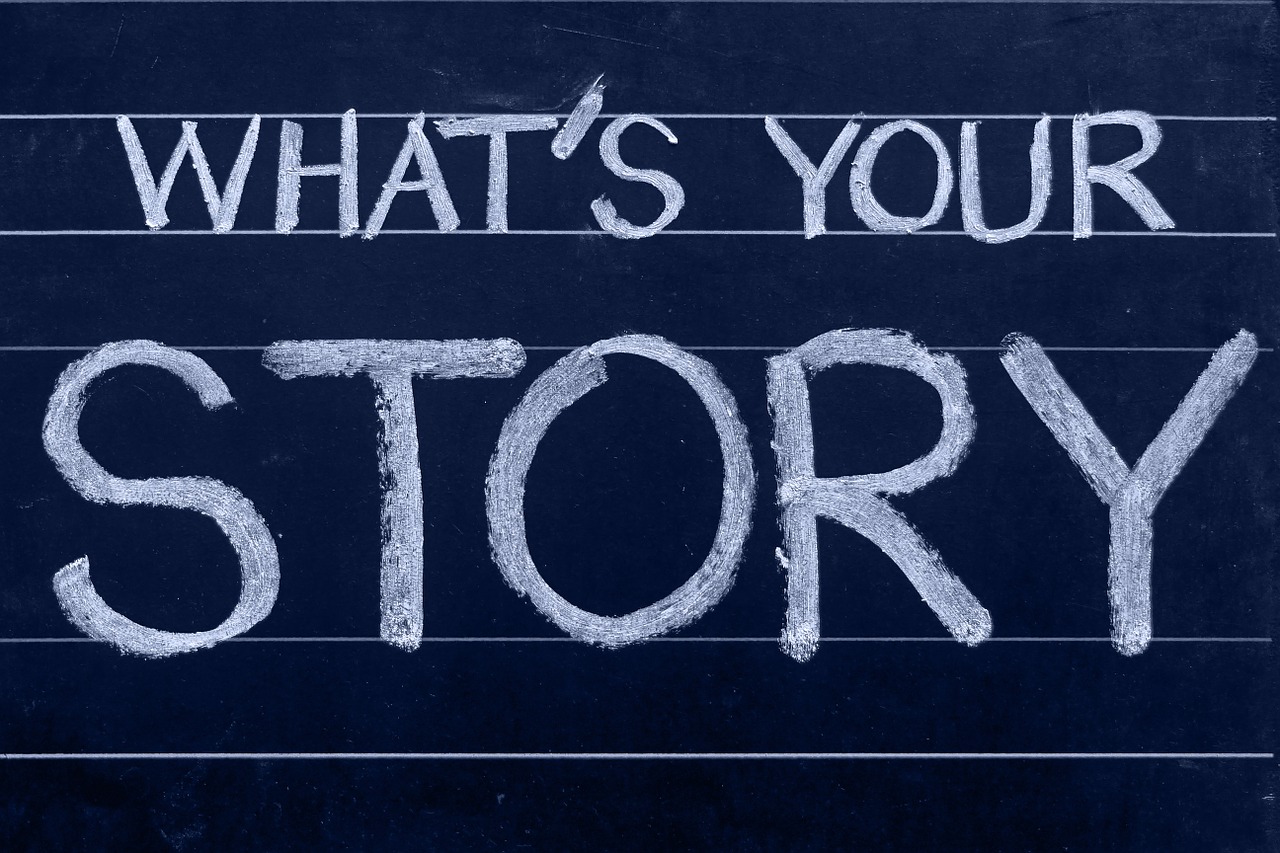We all know how powerful stories can be. Told well, they create an emotional reaction that is hard to ignore.
Stories are how we connect with each other, whether it’s between old friends or just met acquaintances.
But storytelling isn’t just for personal connections, storytelling can be used to create a connection between your organization and your supporters. It can strengthen the relationships you already have and it can build new ones.
Why are stories so powerful? It’s because you are inviting the audience into the experience and offering them a chance to participate vicariously. This gives them an opportunity to form an opinion that is based on an emotional reaction. And emotions are really what drive our decisions.
That’s why we have a saying at Get Organized For Good that goes like this:
Strong feelings lead to strong sales.
People tend to make purchases for two reasons, because they need something or because they want something. But make no mistake, purchases are always associated with feelings. You might need milk, but when you make that purchase you buy based on personal preference. In other words, how you feel about the value various brands offer.
Value isn’t just about the financial outlay, value encompasses the entire transaction. Including, how you feel about the companies that produce the products and how you’ll feel after the purchase.
Connectedness is what drives buying decisions. So it’s imperative to build connections with your supporters. And stories are the perfect tool to do it.
You can weave stories into almost any type of communication. And while your organization could probably craft dozens of different stories, you don’t need dozens. Two or three truly compelling stories, that can be repurposed for various communication channels will serve you just fine.
Not sure how to craft that first story? Here’s a simple process to get you started.
Introduce your protagonist.
If you are a school, this could be an individual student, a teacher, or a class of students. If you’re a direct service nonprofit, it could be a client. If you’re a community organizer it could be a population. Here you are attempting to paint a picture of the beneficiary of your fundraising efforts. You want to bring them as much to life as possible, so your audience feels like they know them.
Share the struggle.
The struggle is the challenge you are up against. What exactly needs fixing? Make it dramatic, adding enough detail so your audience can vicariously experience “the pain”. This is so important, because unless you take the time to identify the hurt, you can’t expect your audience to put themselves in the shoes of your protagonist and truly feel the emotional connection.
If the struggle isn’t addressed what will happen? Just how awful will it be? You really want to highlight the void that will be unfilled and the potential that will never be met.
I know this might sound a little over the top and some might even say manipulative, but the truth is people don’t become supportive because they get their arm twisted, they give because the cause resonates with them. And all you’re doing is giving them a chance to see if it does.
Bring in the hero.
Here’s where you showcase the knight in shining armor. If your organization is the change agent, then you’ll want to share the work you do to create the change. If change was only possible because you raised the money, then you’ll want to include the donors heroic role as well. In either case you want to richly illustrate just how you were able to relieve the pain and create the conditions that righted the ship.
Relate the story to the world at large.
Contextualize how helping your organization makes the world a better place. How do you add value? How will a donation to your group benefit the greater good? If you’re stuck on this idea, think about the domino effect. When you knock over your single domino you set in motion a chain of events that is ongoing and expanding.
Ask for what you need!
This is the call to action, an invitation to help. Be specific and create a sense of urgency. Be sure to tell them why now is the time to give. Are you up against a deadline? Is the situation worsening? Don’t make the mistake of thinking the story alone will be enough, you must guide people to the place you want them to go. Make it as easy as possible for them to give.
Psst: Did you know that when you work with Get Organized For Good we’ll walk you through the story creation process and provide a template to help you craft the perfect message for your audience? That’s right, we do! We encourage each of our schools to craft a story that can be used on the sales page to help engage visitors. We’ll even help you refine it.
Want to know more about our process? Pop over here and get the lowdown on what to expect when you work with us.


